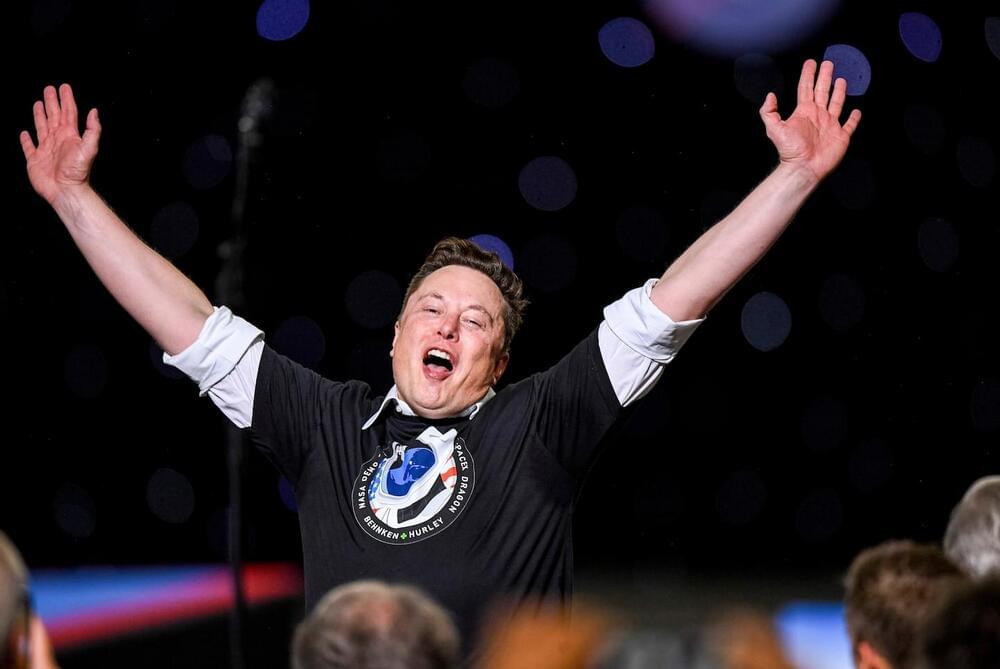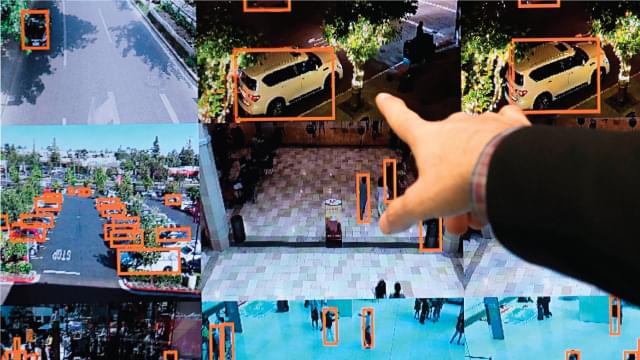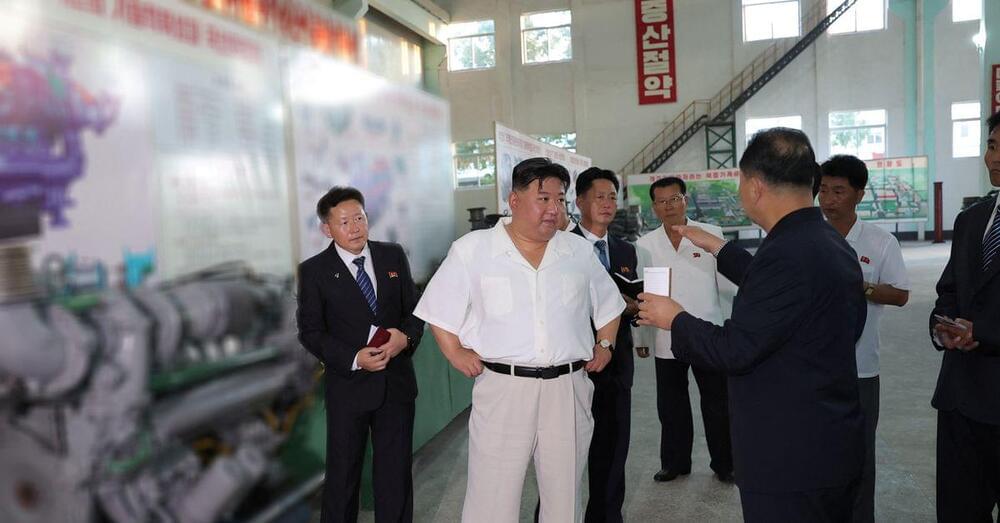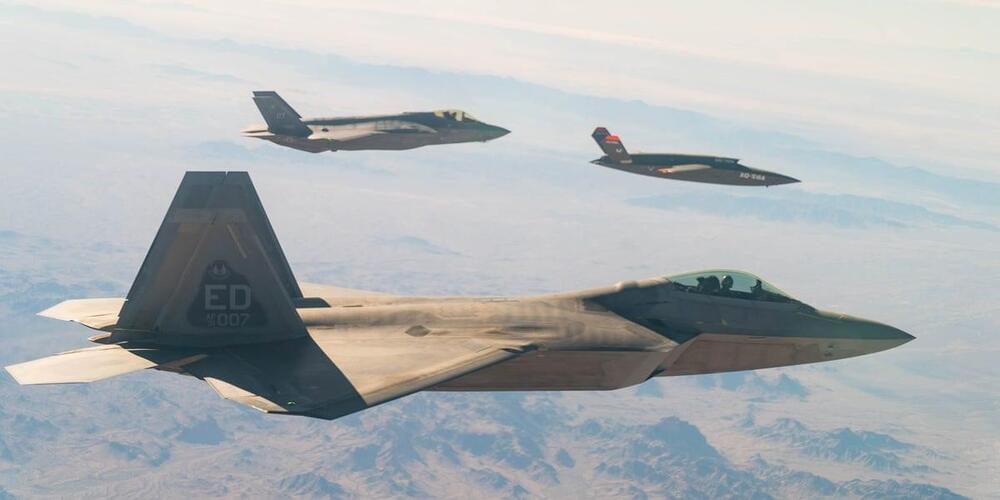New details of the previously reported incident underscore how dependent the U.S. government has become on a company that once had to fight in court to become part of the Washington establishment.



Are democratic societies ready for a future in which AI algorithmically assigns limited supplies of respirators or hospital beds during pandemics? Or one in which AI fuels an arms race between disinformation creation and detection? Or sways court decisions with amicus briefs written to mimic the rhetorical and argumentative styles of Supreme Court justices?
Decades of research show that most democratic societies struggle to hold nuanced debates about new technologies. These discussions need to be informed not only by the best available science but also the numerous ethical, regulatory and social considerations of their use. Difficult dilemmas posed by artificial intelligence are already… More.
Even AI experts are uneasy about how unprepared societies are for moving forward with the technology in a responsible fashion. We study the public and political aspects of emerging science. In 2022, our research group at the University of Wisconsin-Madison interviewed almost 2,200 researchers who had published on the topic of AI. Nine in 10 (90.3%) predicted that there will be unintended consequences of AI applications, and three in four (75.9%) did not think that society is prepared for the potential effects of AI applications.
Who gets a say on AI?
Industry leaders, policymakers and academics have been slow to adjust to the rapid onset of powerful AI technologies. In 2017, researchers and scholars met in Pacific Grove for another small expert-only meeting, this time to outline principles for future AI research. Senator Chuck Schumer plans to hold the first of a series of AI Insight Forums on Sept. 13, 2023, to help Beltway policymakers think through AI risks with tech leaders like Meta’s Mark Zuckerberg and X’s Elon Musk.

Other questions to the experts in this canvassing invited their views on the hopeful things that will occur in the next decade and for examples of specific applications that might emerge. What will human-technology co-evolution look like by 2030? Participants in this canvassing expect the rate of change to fall in a range anywhere from incremental to extremely impactful. Generally, they expect AI to continue to be targeted toward efficiencies in workplaces and other activities, and they say it is likely to be embedded in most human endeavors.
The greatest share of participants in this canvassing said automated systems driven by artificial intelligence are already improving many dimensions of their work, play and home lives and they expect this to continue over the next decade. While they worry over the accompanying negatives of human-AI advances, they hope for broad changes for the better as networked, intelligent systems are revolutionizing everything, from the most pressing professional work to hundreds of the little “everyday” aspects of existence.
One respondent’s answer covered many of the improvements experts expect as machines sit alongside humans as their assistants and enhancers. An associate professor at a major university in Israel wrote, “In the coming 12 years AI will enable all sorts of professions to do their work more efficiently, especially those involving ‘saving life’: individualized medicine, policing, even warfare (where attacks will focus on disabling infrastructure and less in killing enemy combatants and civilians). In other professions, AI will enable greater individualization, e.g., education based on the needs and intellectual abilities of each pupil/student. Of course, there will be some downsides: greater unemployment in certain ‘rote’ jobs (e.g., transportation drivers, food service, robots and automation, etc.).”

North Korea-linked hackers have stolen hundreds of millions of crypto to fund the regime’s nuclear weapons programs, research shows.
So far this year, from January to Aug. 18, North Korea-affiliated hackers stole $200 million worth of crypto — accounting for over 20% of all stolen crypto this year, according to blockchain intelligence firm TRM Labs.
“In recent years, there has been a marked rise in the size and scale of cyber attacks against cryptocurrency-related businesses by North Korea. This has coincided with an apparent acceleration in the country’s nuclear and ballistic missile programs,” said TRM Labs in a June discussion with North Korea experts.

SEOUL, Sept 3 (Reuters) — North Korea conducted a simulated tactical nuclear attack drill that included two long-range cruise missiles in an exercise to “warn enemies” the country would be prepared in case of nuclear war, the KCNA state news agency said on Sunday.
KCNA said the drill was successfully carried out on Saturday and two cruise missiles carrying mock nuclear warheads were fired towards the West Sea of the Korean peninsula and flew 1,500 km (930 miles) at a preset altitude of 150 meters.
Pyongyang also said it would bolster its military deterrence against the United States and South Korea.

This post is also available in:  עברית (Hebrew)
עברית (Hebrew)
Ukraine’s security agency claims that the Russian military intelligence service GRU can access compromised Android devices with a new malware called Infamous Chisel, which is associated with the threat actor Sandworm, previously attributed to the Russian GRU’s Main Centre for Special Technologies (GTsST).
Sandworm uses this new malware to target Android devices used by the Ukrainian military, enables unauthorized access to compromised devices, and is designed to scan files, monitor traffic, and steal information.
The United States Air Force has completed a critical AI-controlled autonomous flight of its modified Osprey Mark III unmanned aerial system.
The USAF reports that the United States Air Force’s (USAF) “Osprey” Mark III unmanned aerial system (UAS) has completed its first fully autonomous test flight. Conducted on July 20, 2023, the test formed part of the USAF’s larger Autonomy, Data, and AI Experimentation (ADAx) Proving Ground effort for the program, specifically the USAF’s Autonomy Prime Environment for Experimentation or APEX, a subset of ADAx. The trial was conducted to evaluate and operationalize artificial intelligence and autonomy concepts to support warfighters on the evolving… More.
USAF
Connecting the dots.

Infamous Chisel is described as a collection of multiple components that’s designed with the intent to enable remote access and exfiltrate information from Android phones.
Besides scanning the devices for information and files matching a predefined set of file extensions, the malware also contains functionality to periodically scan the local network and offer SSH access.
“Infamous Chisel also provides remote access by configuring and executing TOR with a hidden service which forwards to a modified Dropbear binary providing a SSH connection,” the Five Eyes (FVEY) intelligence alliance said.
Every seven minutes a cyber-attack is reported in Australia.
Millions of Australians have had their data stolen in malicious attacks, costing some businesses tens of millions of dollars in ransom. The federal government is warning the country must brace for even more strikes as cyber gangs become more sophisticated and ruthless.
Four Corners investigates the cyber gangs behind these assaults, cracking open their inner operations and speaking to a hacker who says he targets Australians and shows no remorse.
The program travels all the way to Ukraine and discovers we share a common enemy in the battle for cyber security.

Woa, 😲, my Wave after Wave of AI controlled fighter aircraft idea. If you like that one you will love my mini UAV idea, i dont know if Ion drive or electric centrifuge weapons are up to it yet though, maybe.
The Times, citing congressional expectations, reported that the costs of the Air Force’s collaborative combat aircraft will be between $3 million and $25 million depending on their status as expendable, attritable, or exquisite. Even the higher-end figure is far less than a manned aircraft with a pilot, both of which are valuable to the force.
Air Force and Department of Defense representatives did not immediately respond to Insider’s request for comment. Kratos Defense, which makes the Valkyrie, would not comment on collaborative combat aircraft, citing the classified nature of the program.
While the Air Force’s next generation air dominance family of systems effort, which is focused on delivering air superiority through the development of a crewed next-generation fighter jet supported by uncrewed collaborative combat aircraft, has garnered widespread military support, human rights advocates are concerned that the unmanned war machines included in the plan pave the way to a “Terminator”-style dystopian future.